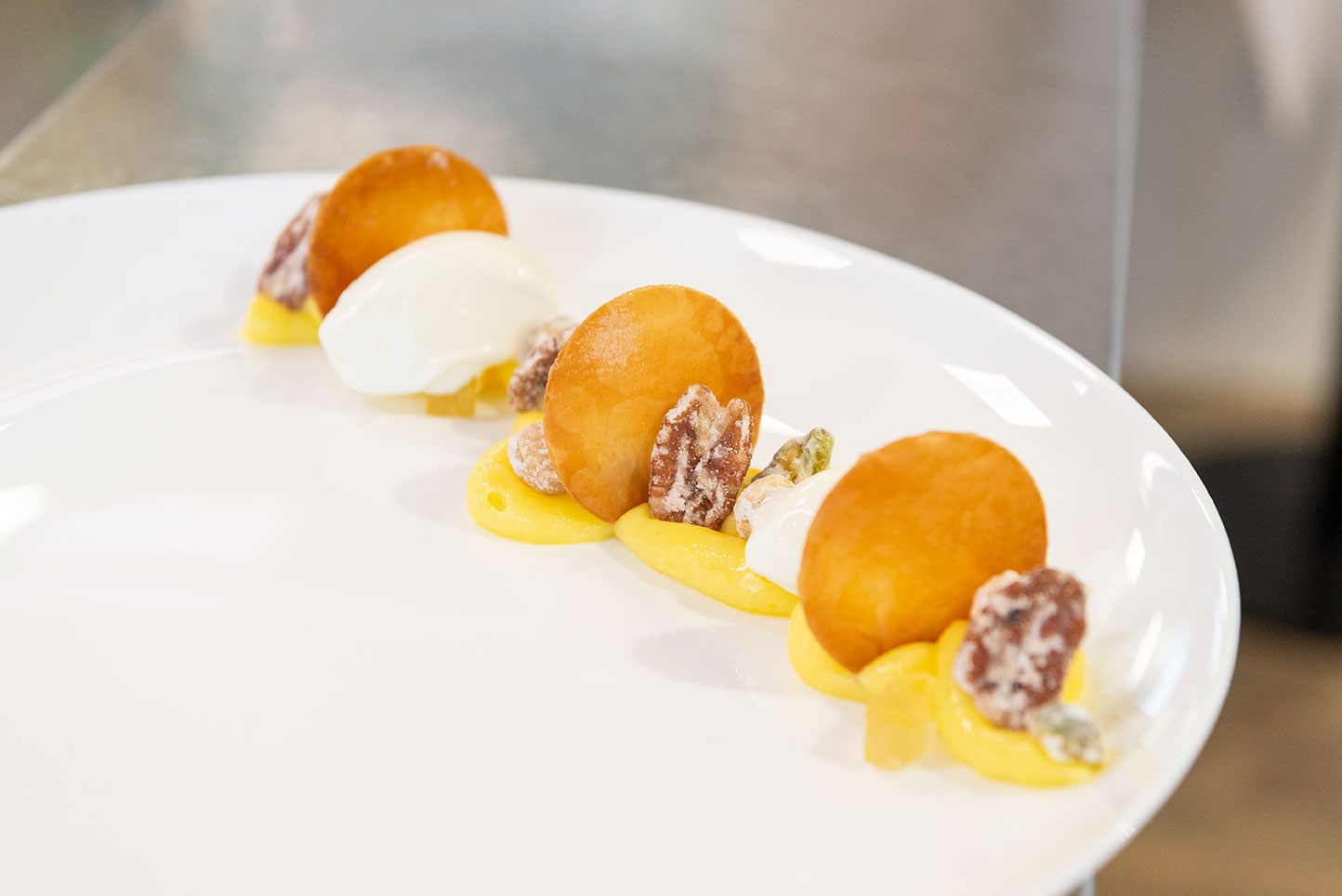

Following the natural rhythm of the seasons allows you to appreciate healthy, tasty foods. This is why the menus of the most attentive restaurants are changing more and more radically over the months, focusing on the quality of ingredients, the freshness of products, and the constant search for balance between tradition and innovation.
Seasonal dishes are increasingly creative and tempting thanks to ever-changing colors and flavors. Moreover, updating your restaurant menu with seasonal, local or organic products increases the perceived value of the selection.
Let’s try to analyze some seasonal menu tips.
You might be interested in: "The evocative power of gelato"
-wdtr.jpg)
Trends in the restaurant industry are evolving according to the tastes and sensibilities of customers who are looking for high-quality cuisine that is simultaneously sustainable, environmentally aware, and attentive to the management of ingredients.
More and more restaurateurs are choosing to respond to this demand by offering eco-sustainable cuisine, made using local ingredients, reducing CO2 impact, and applying circular economy principles as much as possible.
More and more restaurants internationally are coming up with innovative ideas to reduce their environmental impact. Sustainability - although it would be more appropriate to speak of eco-responsibility - represents a marketing factor that can make all the difference, procuring a competitive advantage for those establishments that can meet the growing demand for organic and local products in the context of a healthy, creative, quality cuisine.

The benefits of using seasonal products
Other crucial factors should also not be forgotten. In general, seasonal and local products are tastier and more fragrant since they are grown, harvested and used in a shorter time frame.
Furthermore, a seasonal menu reduces waste and, relying on controlled supply chain products, supports the local economy as well as combining the aspect of authenticity with competitive costs.
Seasonal menu and dessert
The cycle of the seasons has always set the rules for pastry shops as well. A factor to take into account now that dessert is gaining in importance in restaurants, especially with the exponential growth of gelato on menus.
The art of desserts draws from the local territory throughout the year. The seasonality of a gelato cake or an individual flavor becomes a real added value, synonymous with tradition and freshness that every customer is able to distinguish and appreciate.
You might be interested in: "Savory gelato from fashion to tradition"
Seasonal gelato flavors on restaurant menus
So let's take a look at some examples of desserts based on artisanal gelato that can be made by taking advantage of seasonal products.
Spring
Spring is when strawberries and cherries offer peak flavor. As do the first fragrant citrus fruits.
Ideal for sorbets to serve at the end of a meal or to enrich cream-based and fiordilatte gelatos.
Summer
Summer offers an array of delicacies: loquats, black cherries, apricots, peaches, melons, watermelons, figs, blackberries, plums, berries.
A variety so wide that there’s no end to the desserts you can create, ranging from caramelized peaches to fig gelato, not to mention a blackberry reduction with vanilla gelato.
Fall
With the arrival of autumn come prickly pears, citrus fruits, grapes, persimmons, chestnuts, and pomegranates.
A particularly popular seasonal dessert might feature caramelized chestnut gelato for a variation on the theme of the more classic Mont Blanc.
Winter
Winter offers a wide variety of citrus fruits (oranges, tangerines, mandarins, grapefruits) but also kiwis, apples, pears, and nuts.
An example of a good winter recipe is a walnut and cinnamon gelato with red wine reduction.
Another one is Apple Strudel.
Privacy notice
We use cookies or similar technologies for technical purposes and for different purposes only with your prior and explicit consent as specified in cookie policy.
You can express your consent using the button "Consent all". Unless you select one of this options we will use essential functional cookies only